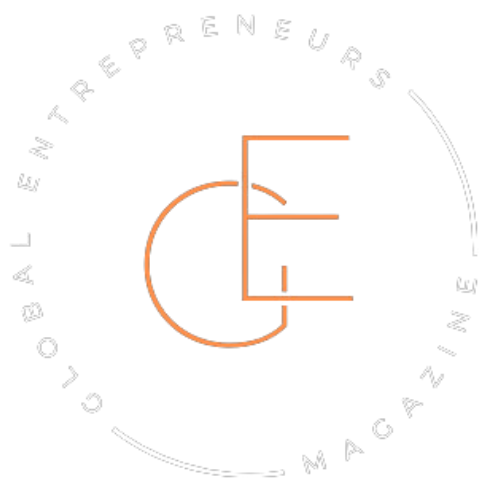You’ve got a product idea and a nagging sense it could work. But then come the questions.
Who really needs this? What are they paying for instead? Is this already a thing and I just don’t know it yet?
Most startup founders hit this wall early. You’re staring at your screen, toggling between half-written pitch decks, Google tabs filled with outdated stats, and a creeping doubt that maybe you’re building in the dark.
Hiring a research agency? Too expensive. Running surveys? Too slow. And scrolling through Reddit threads hoping for insights? That’s a gamble at best.
What you need is clarity—fast. Something that can help you sort signals from noise before you spend the next three months chasing the wrong idea. That’s where AI becomes a game-changer. Not as a magic solution, but as a smart starting point.
What most founders get wrong about AI
The moment someone mentions using AI for market research, people tend to split into two camps.
Camp one thinks it’s too technical. Like you need a PhD or at least a full-stack engineer to make sense of it. Camp two? They treat it like a crystal ball. Punch in a prompt, get a strategy, and run with it.
Both approaches miss the point.
AI isn’t a magic button. It’s more like a really fast research assistant—one that doesn’t sleep, works for free, and pulls insights from corners of the internet you forgot existed. But like any assistant, it needs direction. If you don’t know what you’re asking, or you blindly accept whatever it spits out, you’re not doing research. You’re just outsourcing your thinking.
The founders who get the most out of AI treat it like a tool for sharpening their instincts—not replacing them. They start with questions they already have, use AI to test assumptions, and then dig deeper. It’s not about skipping steps. It’s about skipping guesswork.
Using AI to validate a gut feeling before spending a dime
There’s a founder I know who swore her app idea would take off—until she asked AI a better question.
She was gearing up for an investor meeting, two days out, and needed data to back her pitch. She didn’t have time to run surveys or pull full competitor reports. So she opened ChatGPT and typed out her assumptions like she was talking to a teammate.
“I think young professionals struggle with focus and would pay for an app that breaks tasks into micro-goals. What else are they using? What do they complain about? What keywords are trending in this space?”
The results didn’t hand her a green light—but they gave her real things to explore. Tools people already trusted. Pain points they kept repeating in reviews. Gaps in the language competitors used.
That was enough. Enough to reshape her pitch, tighten her audience, and walk into that meeting with something more solid than a hunch.
AI didn’t validate her idea. It helped her figure out how valid it might be—before burning time or cash.
The smarter way: combining instinct + AI-assisted research

AI is fast, but your gut still matters. The real wins come when the two work together.
Say you’ve noticed something: a weird pattern in customer behavior or a product angle no one seems to be talking about. That’s your starting point. Now hand it to AI and let it do what it’s good at—scanning the noise, pulling patterns, surfacing questions you hadn’t thought to ask.
You can use tools like ChatGPT to summarize what people are saying about similar products. Feed it competitor landing pages and ask what kind of buyer they seem to be targeting. Ask it to act like a potential customer and poke holes in your pitch.
Startups don’t have time to run 50 interviews or decode spreadsheets all day. But you can use AI to act like your early-stage filter—helping you spot red flags, language gaps, and missed angles you’d probably overlook on your own.
When you pair that with your own instincts? That’s when things start to click.
When to trust the AI—and when to stop and ask a human
AI can be smart, but it doesn’t know your market like your users do.
It’s great at summarizing existing information. But if you’re working on something niche, brand new, or moving fast, the data it pulls might already be outdated—or worse, too vague to be useful.
One founder learned this the hard way. He built a tool for remote video editors and asked ChatGPT to validate demand. The AI said it was a growing space. Lots of freelancers. Rising interest. All the green lights.
So he moved forward. Six weeks in, barely any traction.
When he finally started talking to real users, he realized his tool solved a problem they didn’t actually care about. What they did want was better integration with their workflow—not a separate app.
AI had pointed him toward the right market. But it took real conversations to understand what that market actually needed.
So use AI to open the door. But once you’re in, talk to people. Join niche forums. Message a few strangers on LinkedIn. Your future customers will give you the clarity no machine ever will.
A mindset shift, not a shortcut
The best founders don’t use AI to move faster. They use it to think sharper.
It’s tempting to treat AI like a cheat code—something that replaces hard research with fast answers. But the real edge comes when you treat it like a thinking partner. One that challenges your assumptions, points you to questions you didn’t know you needed to ask, and keeps you from locking in a bad idea too early.
There’s no shame in using every tool at your disposal. But don’t skip the part where you actually talk to people. Don’t ignore the hunch that tells you something’s off, even when the data says otherwise. The smartest founders combine the speed of machines with the depth of human judgment.
So here’s a small challenge: next time you’re working through a product idea, test it through both filters. Use AI to get a pulse. Then go find three real people who can confirm—or contradict—what you’re seeing.
Your best decisions won’t come from a single answer. They’ll come from the friction between insight and instinct.




